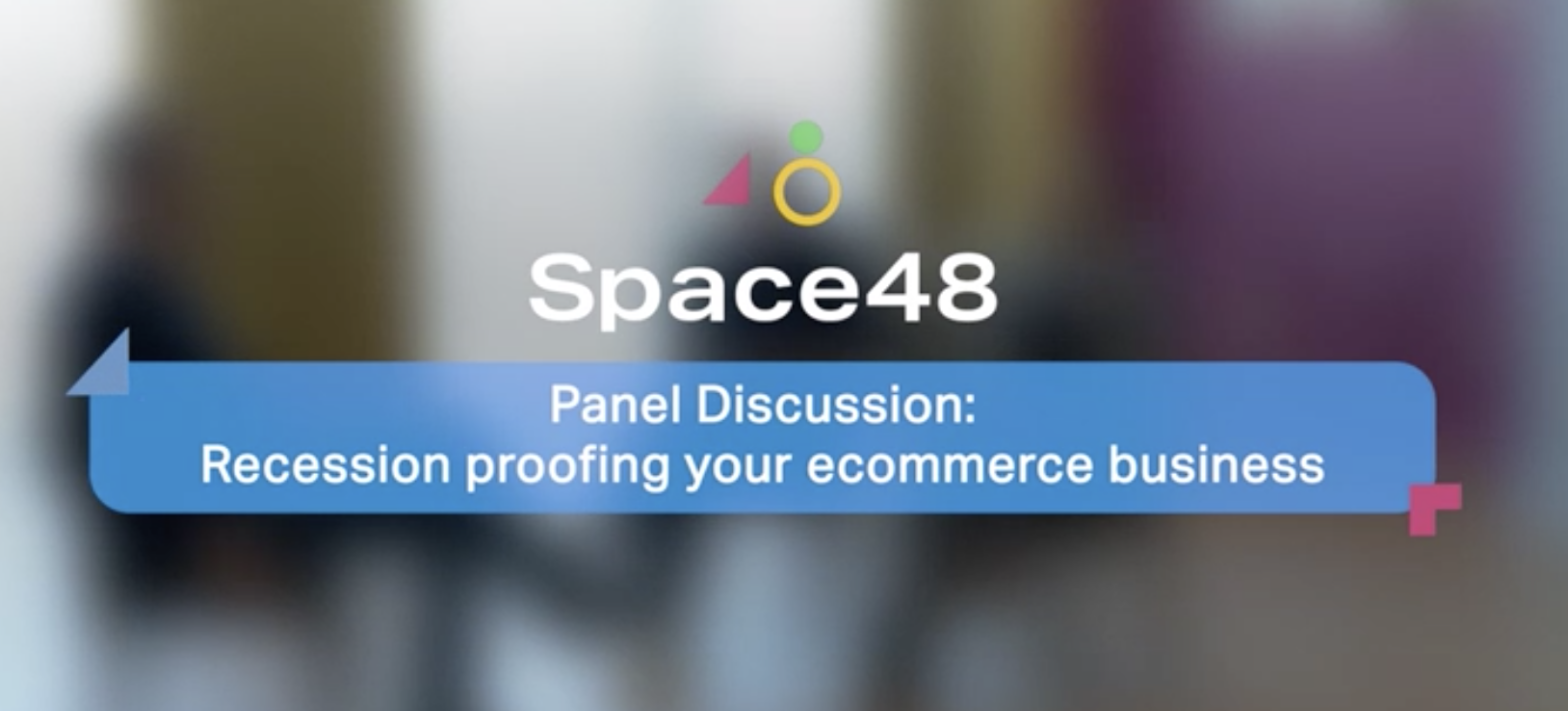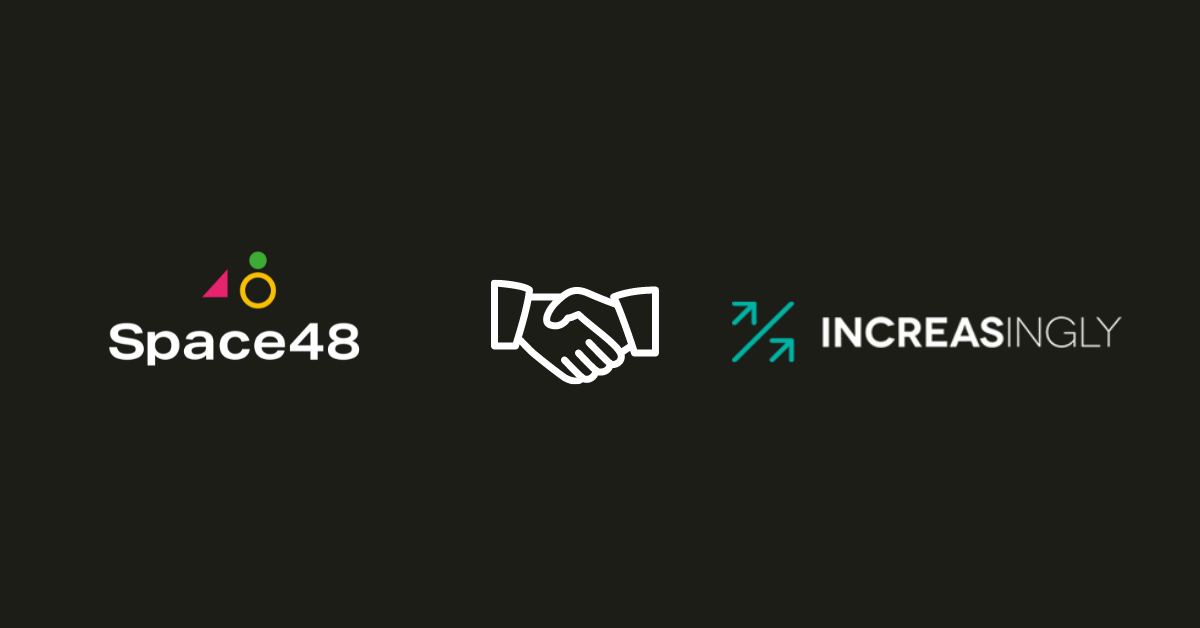
The golden rules of ecommerce replatforming
Successful ecommerce businesses are agile and able to pivot when circumstances change and technological advances or customer trends demand it. Moving platforms is often required to make the necessary strides forward with your business. However, with replatforming comes a certain degree of apprehension and fear about the costs and risks involved in the process.
Space 48 are experts in the Magento platform and have taken countless ecommerce businesses through successful platform moves. Here we explain the replatforming process, including building a business case for changing platforms, assessing suitability and mitigating any risks.
These are our golden rules of ecommerce replatforming:
Key considerations and indicators for building a case for replatforming
Cost of replatforming vs cost of remaining
The perceived cost of replatforming can sometimes detract from the ongoing development costs required for an ailing platform. It is more cost-effective to implement the right solution for your business, even if it requires a significant outlay.
Upgrading to a more suitable and advanced platform can give you the scope to grow your business and meet the changing demands of your customers. If you’re not able to integrate the latest technology that arises on your existing platform, it will frustrate customers and lose you revenue. However, make sure that the new platforms under consideration truly offer the capabilities and long-term impact your business seeks, compared with your current platform.
Timescales
All platforms have their limitations and each platform has a sweet spot, in terms of what type and size of ecommerce business they suit best. Therefore, some platforms will take less or more time to complete the replatforming process, depending on the complexity of your operation.
If you need a new solution implemented in a short period of time, it will immediately discount various platforms. However, if you have very tight deadlines for a potential platform change, should you even be considering replatforming?
Other things to consider when building a case for replatforming
- Is your business is falling behind its competitors?
- Does your customer feedback often relate to technological issues?
- Are your customers finding they can’t do certain things on your store?
- Has your business has outgrown your platform’s capabilities?
- Are website maintenance and patches taking priority over marketing activities?
- Has your platform has become outdated or obsolete?
- What are your plans for customer experience and UX in the future and can your current platform cope and deliver the innovation to match your ambition?
Indicators that your ecommerce store needs to move platforms
- The scope of your operations has increased and you need a platform that can consolidate operations and combine databases and reporting.
- Increased traffic has caused issues with your site’s performance and speed, affecting the quality of your customer experience.
- Your catalogue database is struggling to handle the number of SKUs.
- It is proving too difficult for your in-house IT to develop and integrate new ecommerce store features and innovations.
- Your product lines are expanding and you are concerned whether your existing platform is the right solution to launch new designs and releases.
Do the right research

What solutions are available and what are your priorities? Compile a document containing the key aims and requirements for your platform going forward.
Be sure to request in-depth feedback from your Sales and Marketing teams to understand the current roadblocks on your existing platform for achieving conversions and retaining customers. Get a full picture of what is working well and what could be improved from a customer service and customer experience viewpoint.
Carry out competitor analysis and learn from the best. Keep your ear to ground and your finger on the pulse for new features and software which can enhance your store’s UX.
Make sure you get demos and testing time on the platforms under consideration. Ask these questions when assessing platform suitability:
- Does it enable you to create the level of customisation, personalisation and dynamic content that will excite your customers and match your ambitions?
- What level of integration with other channels is possible?
- Is it fully responsive and compatible with all types of mobile devices?
You will need to produce an RFP based on your site’s traffic, revenues, SKUs and essential KPIs (key performance indicators) to aid the selection process and narrow down the contenders.
Overview of the replatforming process
Every replatforming process is different, due to the unique nature of business requirements. The timescales and complexity involved is dependent on business size, product types, depth of data and level of innovation required. Work with people who have developed similar projects, who have the required knowledge and a good feel for your business – there is no substitute for experience.
Here we have outlined the key elements of Space 48’s own replatforming process, having moved numerous ecommerce stores over to Magento and Magento 2:
Discovery phase
This is the foundations of any successful project. Discovery is a combination of workshops, fact finding and assessment, where you will collaborate internally and with our dedicated team to answer questions and gather information.
We aim to build a strong foundation of understanding and direction for all parties, equipping you with everything you need to create a thorough technical specification document, designs that will deliver on goals and to plan your project’s time-line effectively. For the Discovery workshops to be successful, everyone involved must understand and agree on the expected outcomes.
Discovery consists of the following:
- Business objectives
- Roles and responsibilities
- Functional workshop: website features, catalogue and products, third party integrations, hosting support and performance, payment and checkout.
- Creative workshop
- Target market and marketing workshop
Design and specification
Functional and technical specification based on requirements gathered in Discovery workshops. Make use of prototypes where necessary, so you can see working examples sooner rather than later.
The build
Your plan will dictate what needs to be built. By this point, you should have confidence in the process and your chosen developers. The code should be clean and adhere to the best practices of your selected platform.
Testing
User acceptance testing (UAT) is essential. Sometimes you can get too close to a project and you need a new set of eyes and perspective on your project – just to be sure everything is on track.
Make amends and test again
Even the best specification will require changes. Factor in time for making amends and take an iterative approach. If UAT is done correctly, you will find something that needs tweaking. Then test it again.
Pre-launch and go live
Don’t cross your fingers and hope for the best. Implement a clear launch plan, so everyone knows the go-live dates and everything stays on track.
Post launch
Test, test, test! The importance of testing at every stage and ongoing cannot be stressed enough. Don’t launch and stand still. In ecommerce, there is always new tech and ideas to consider. Be proactive and set the standards.
Check out the Space 48 approach for more details.
How to minimalise and manage replatforming risks
Make sure you do your due diligence throughout the replatforming project and consider the following factors to minimalise risks:
Data migration
Handle customer and product data with extreme care during replatforming. It is critical to keep data secure to maintain continuity and trust.
Website functionality
Revisit your Discovery document and be sure that your platform is aligned with the project’s purpose and your overall business expectations.
Impact on traffic and SEO
Working with the right people with experience of your chosen platform should reduce impact on traffic. SEO will be initially affected by replatforming, but businesses move platforms all the time and Google accommodates this to mitigate the effects.
Integrations
It is crucial you build the integration in the right way, so that all parties communicate effectively. This should be defined in your specification and test scenarios should be created to reduce surprises when you go live.
How does Space 48 ensure a smooth and well-managed process for its customers?

As Magento platform specialists and ecommerce strategists, we boast extensive knowledge and experience of Magento and Magento 2. We have a proven record of delivering exciting and effective ecommerce stores for our customers, using our trusted replatforming process.
“We work with the brightest people and we are dedicated to continuous improvement. Our culture is committed to leadership, learning and innovation. We work together and push each other to develop award-winning Magento websites that produce amazing results for our customers.”
Don’t just take our word for it, take a look at our success stories: Space 48 Case Studies.
Conclusion
Changing platforms is a big decision, which causes business owners no end of anxiety over costs, resources, time and impact. Building a robust business case for replatforming, incorporating the necessary research and involving the right people will help you establish suitability. Balancing the indicators for moving platforms with your ambitions and the needs of your customers will enable your ecommerce business to move forward.
You need to work with experienced and inspiring developers, who can lead you through the replatforming process efficiently and take your ecommerce store to the next level.





